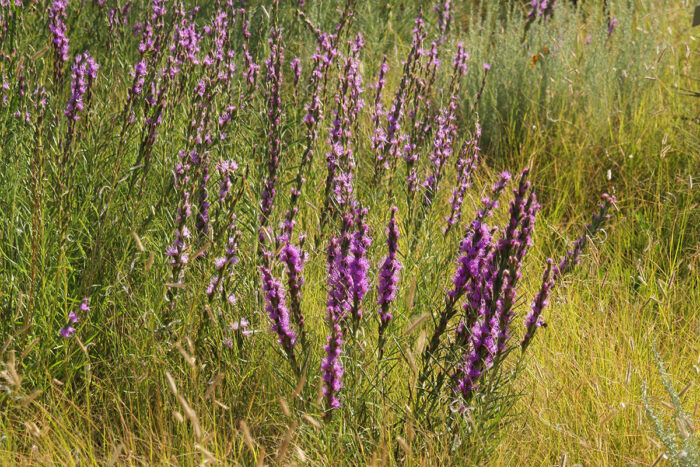
Spring and early summer are lush with blooms, but the height of summer sends many perennials into a period of rest as they wait for cooler days to return. That’s where heat-loving perennials come in; they take the worst of the summer sun and keep on blooming. Incorporating flowering perennials for full summer sun into your planting beds will ensure an ongoing display of vibrant blooms even as the temperatures soar. Here are a few of my favorites.
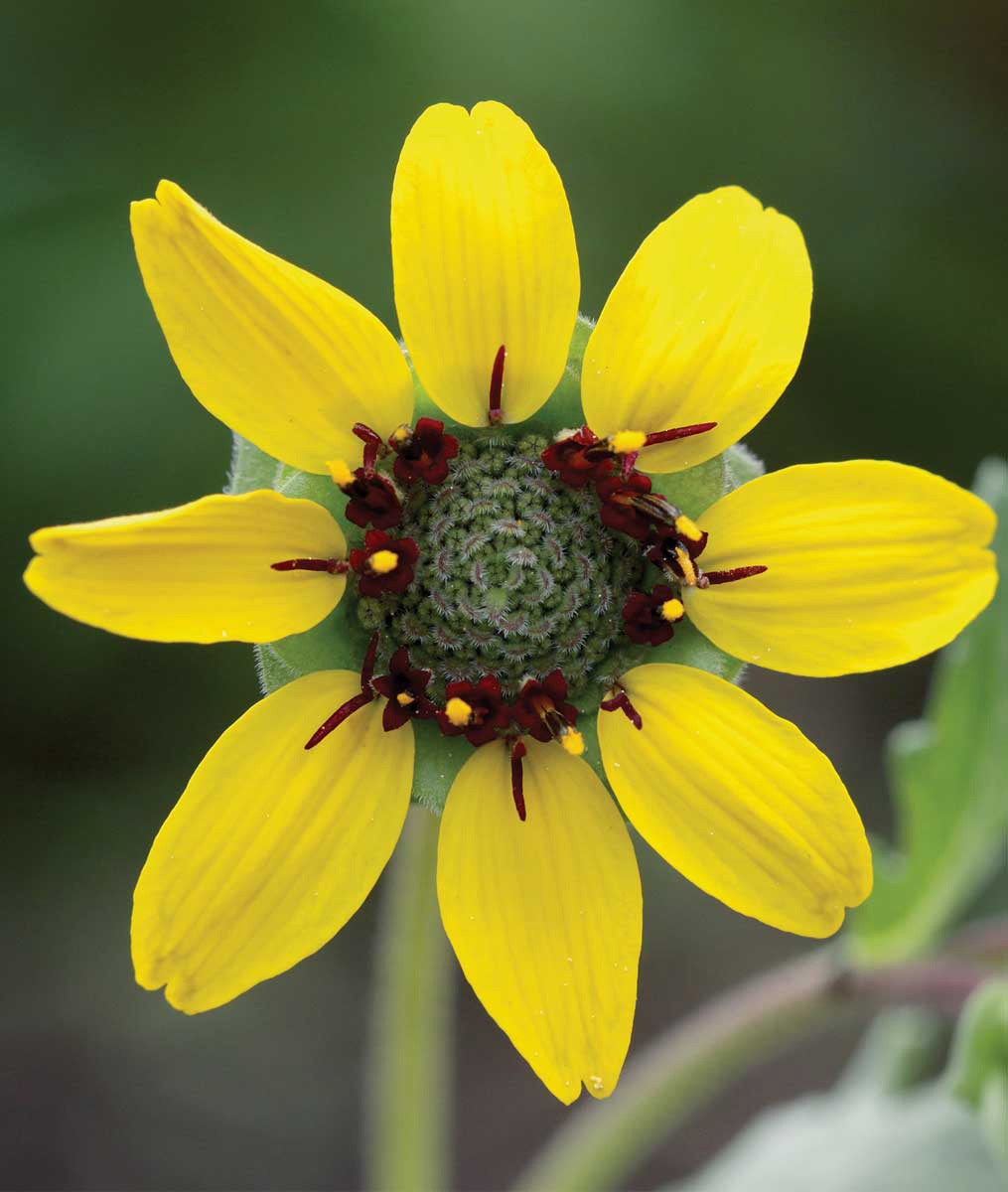
Chocolate flower
(Berlandiera lyrata, Zones 4–10)
This plant behaves more like an annual than a perennial, blooming continuously from late spring through fall. The yellow daisy-like flowers open in the evening, filling the garden with an indulgent chocolate fragrance that lingers into the morning hours. Native throughout the Southwest and Southern Plains, chocolate flower thrives in the toughest of conditions, tolerating heat, drought, and shallow, rocky soil. Plant it in lean soil on the dry side to prevent plants from flopping. If happy, this plant will be a 1- to 2-foot-tall-and-wide, flower-filled mound.
Hoary vervain
(Verbena stricta, Zones 4–7)
One of my favorite summer perennials by far is hoary vervain. Its flowers open sequentially along upright panicles, blooming for up to six weeks beginning in June (later farther north). Look for hummingbirds and butterflies sipping nectar from the blue-purple blooms. The plant tolerates a range of soil conditions, thriving in dry, sandy, or rocky soil, though my plants also tolerate clay quite well. Keep the plants on the dry side and you can expect them to grow 2 to 4 feet tall and up to 2 feet wide.
Purple prairie clover
(Dalea purpurea, Zones 3–8)
A less well-known native perennial is purple prairie clover. Blooming late June through August, this plant produces tiny purple flowers in dense, 2-inch-long, conelike heads that remind me of pineapples. The cones attract an abundance of butterflies and stand atop erect, wiry stems that reach up to 3 feet tall and sprawl 18 inches wide. Purple prairie clover is host to the dogface butterfly, a dainty yellow member of the sulfur family. The flowers are complemented by fine delicate foliage. These plants have deep taproots that enable them to withstand drought. Plant them in average to lean, well-draining soil on the drier side.
Blue sage
(Salvia azurea, Zones 5–9)
The sky-blue blooms of blue sage are always a welcome sight in the late summer garden. Its flowers are a butterfly favorite, blooming on spikes atop 3- to 5-foot stems. The plant spreads 2 to 4 feet wide and will bloom repeatedly into fall if adequate moisture is available and spent flowers are removed. Plant it in lean, dry to average soil, as plants will flop over in overly rich soil. See the best salvias for the Southwest here.
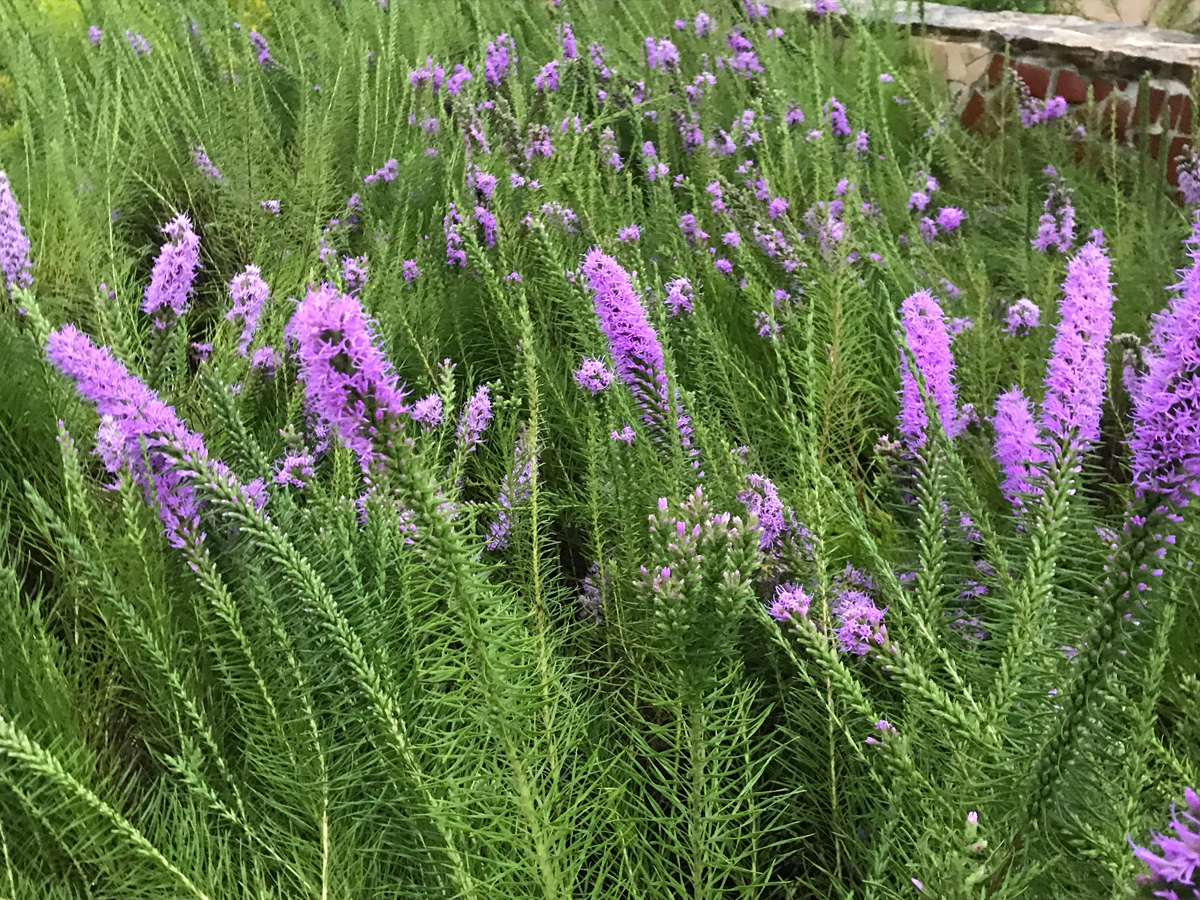
Dotted blazing star
(Liatris punctata, Zones 3–9)
Butterfly gardeners adore liatris (also known as blazing star or gayfeather), and there are several garden-worthy species available in nurseries. For hot, dry summer sun, my favorite Liatris species is dotted blazing star. Once plants are established, their deep taproots provide them with excellent drought tolerance, and they thrive on lean, dry soil. Dotted blazing star usually starts blooming in early August, with flowers lasting well into autumn. They make excellent cut flowers and will retain their color when dried if harvested at the beginning of their bloom. This plant will be 1 to 3 feet tall and up to 1 foot wide at maturity.
Flat sea holly
(Eryngium planum, Zone 4–9)
I did not set out to create a list of only native perennials, but these tough beauties have proven themselves again and again. They are well adapted to hot summers and even thrive in the often-challenging conditions of southwestern gardens. For posterity’s sake, here’s a nonnative sun-loving perennial to round out the list: flat sea holly. The vibrant blue color of sea holly’s unique flower heads intensifies the more sun it receives. You can expect the flowers to emerge in June to July, and the metallic-blue bracts surrounding the cone-shaped flowers hold their color well into autumn. Plants grow 1 to 2 feet tall and wide and thrive in hot, dry sites.
For more plants that thrive in hot weather, go here.
Find more information on Southwest gardening here.
Kim Toscano is a horticulturalist, entomologist, garden designer, writer, and graphic designer. She previously hosted Oklahoma Gardening, a weekly PBS television program produced by the Oklahoma Cooperative Extension Service.
Photos, except where noted: Kim Toscano
Fine Gardening Recommended Products
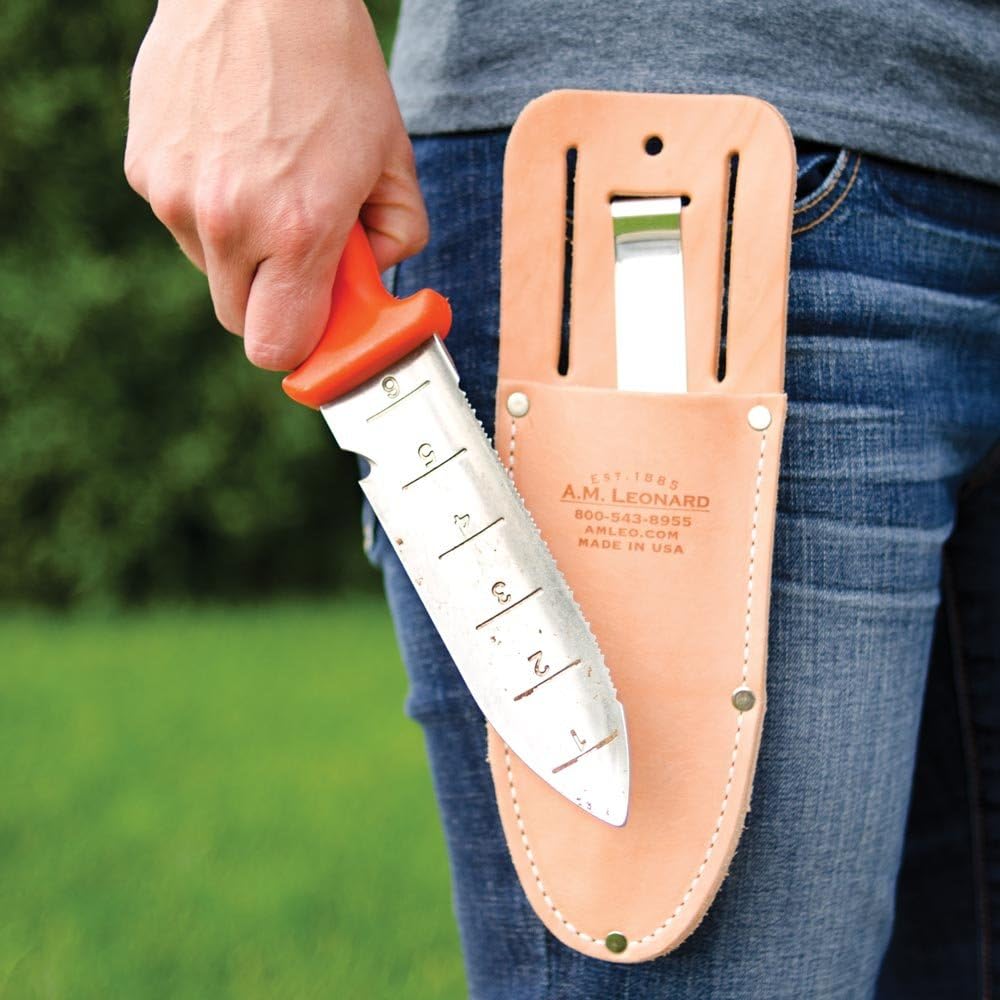
A.M. Leonard Deluxe Soil Knife & Leather Sheath Combo
Fine Gardening receives a commission for items purchased through links on this site, including Amazon Associates and other affiliate advertising programs.


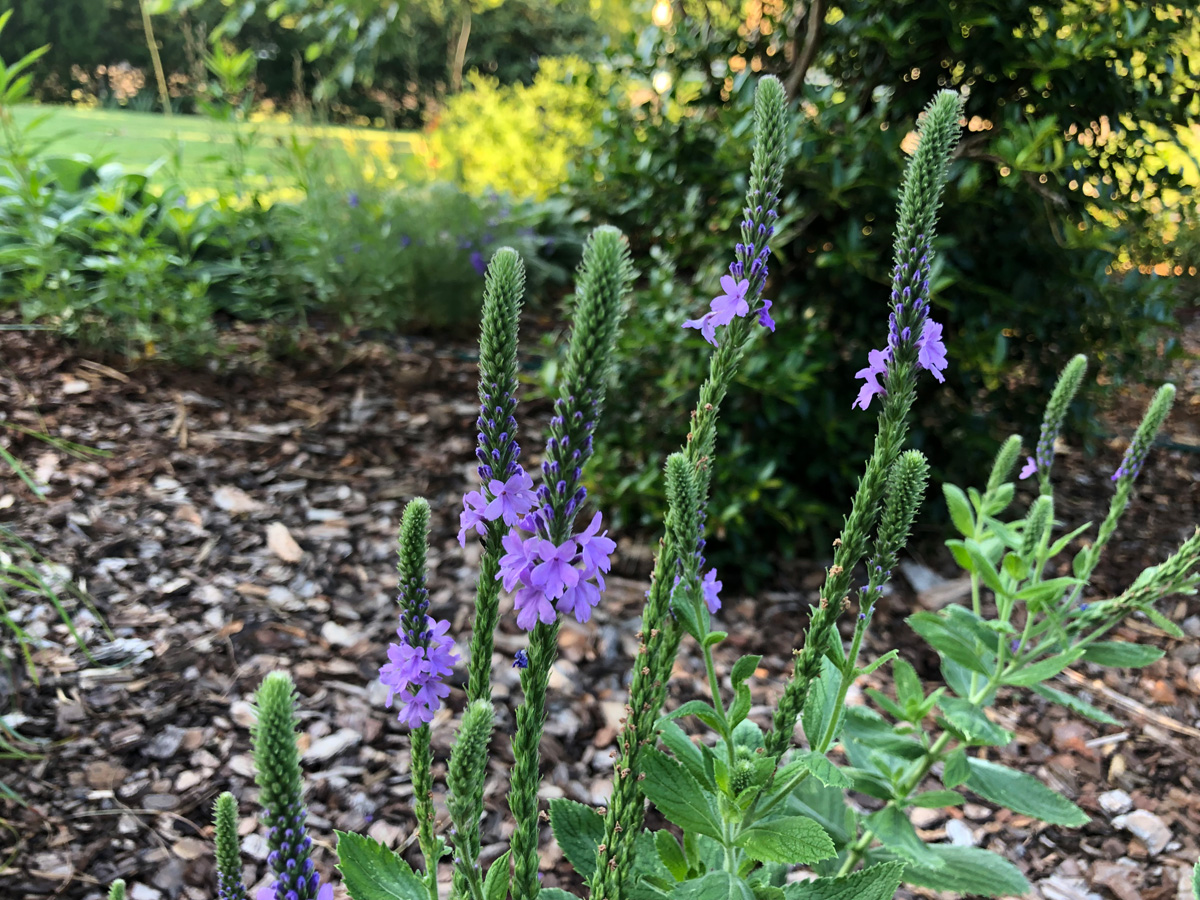
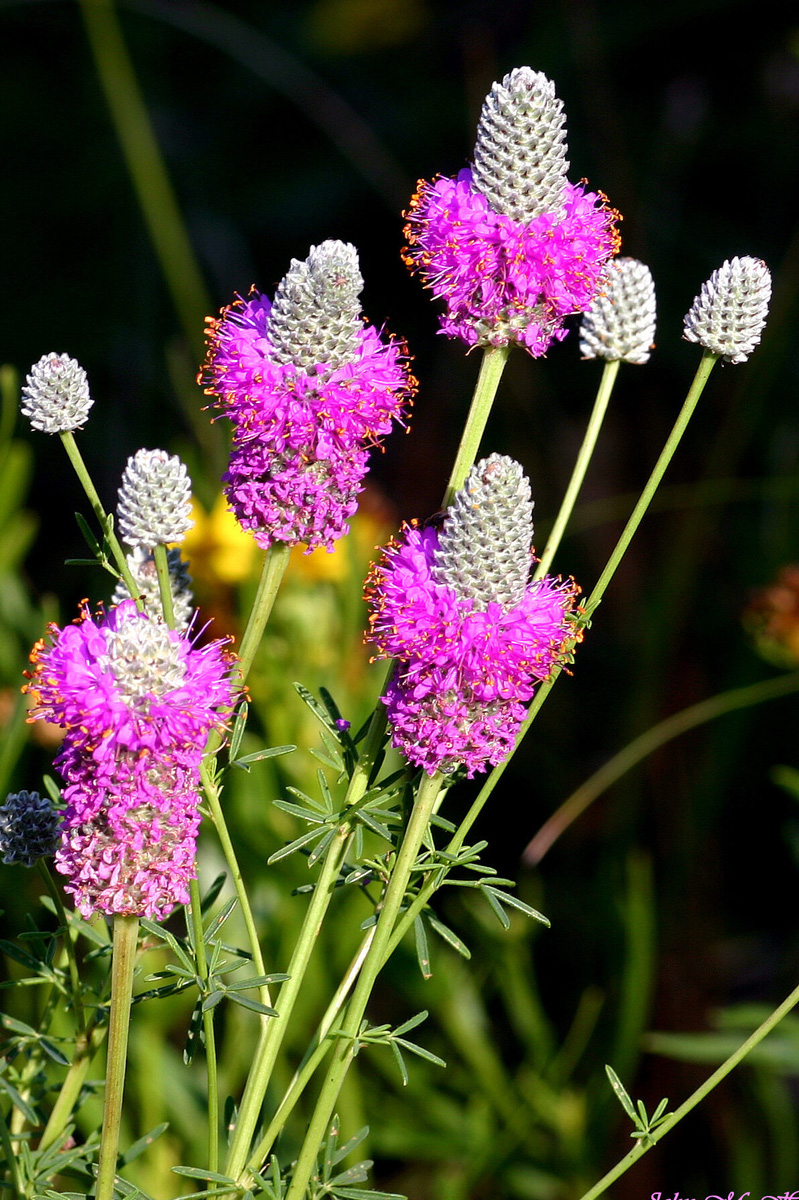
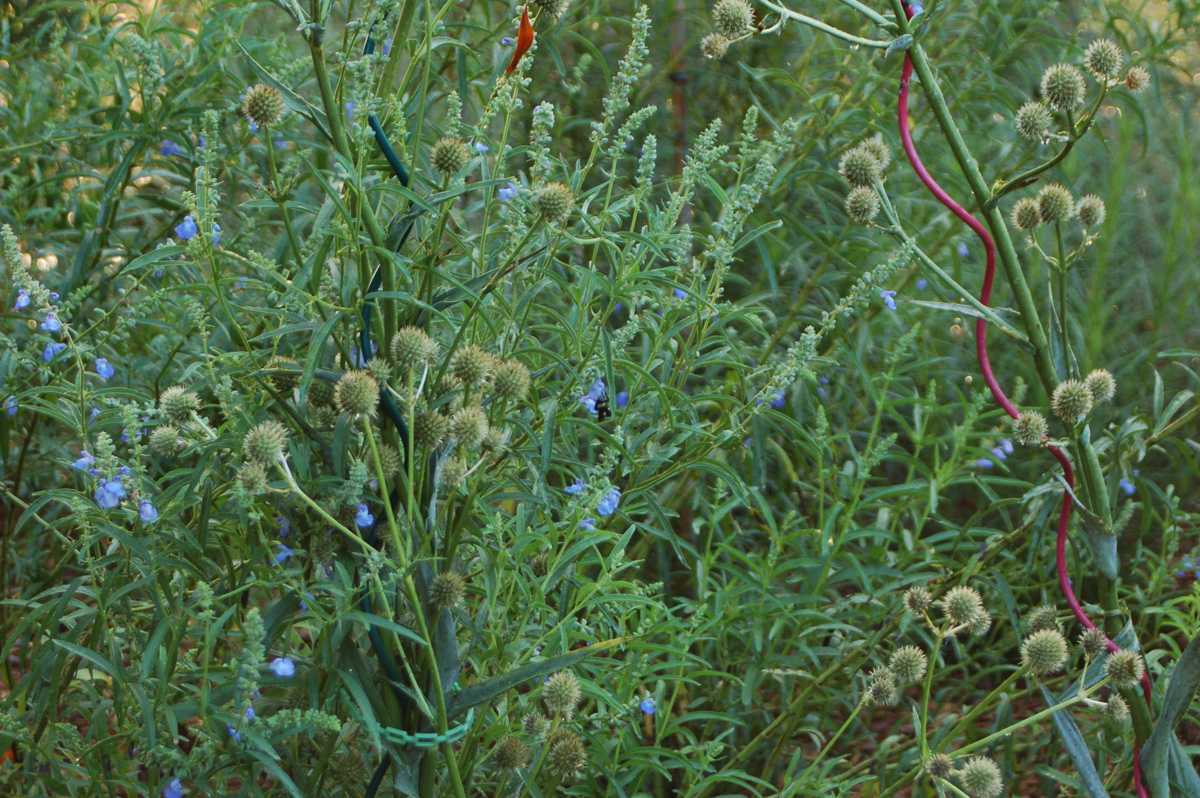
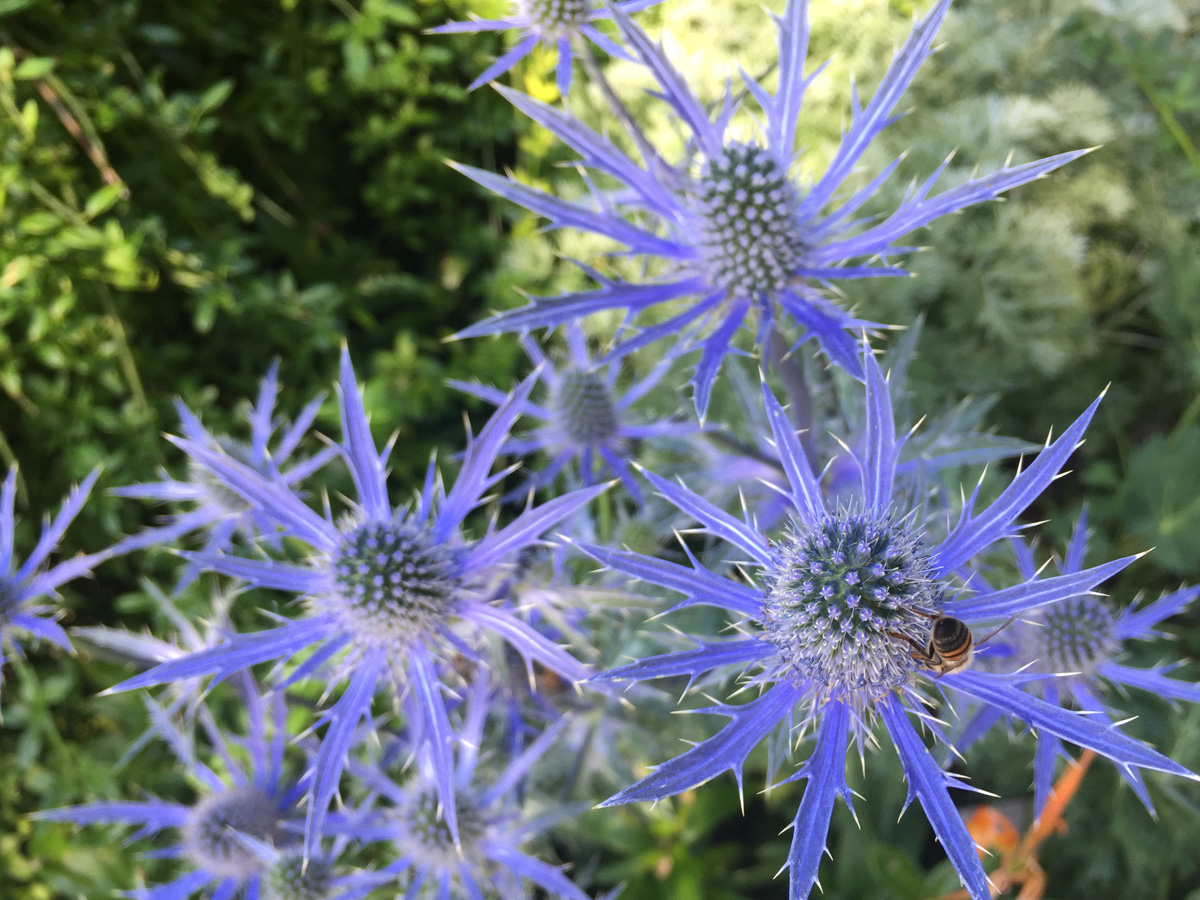




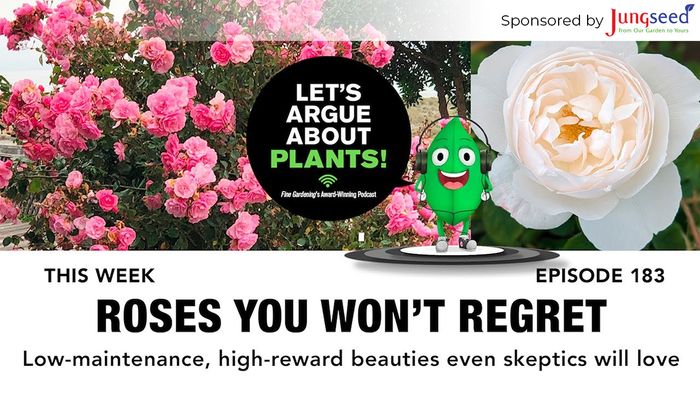












Comments
Log in or create an account to post a comment.
Sign up Log in